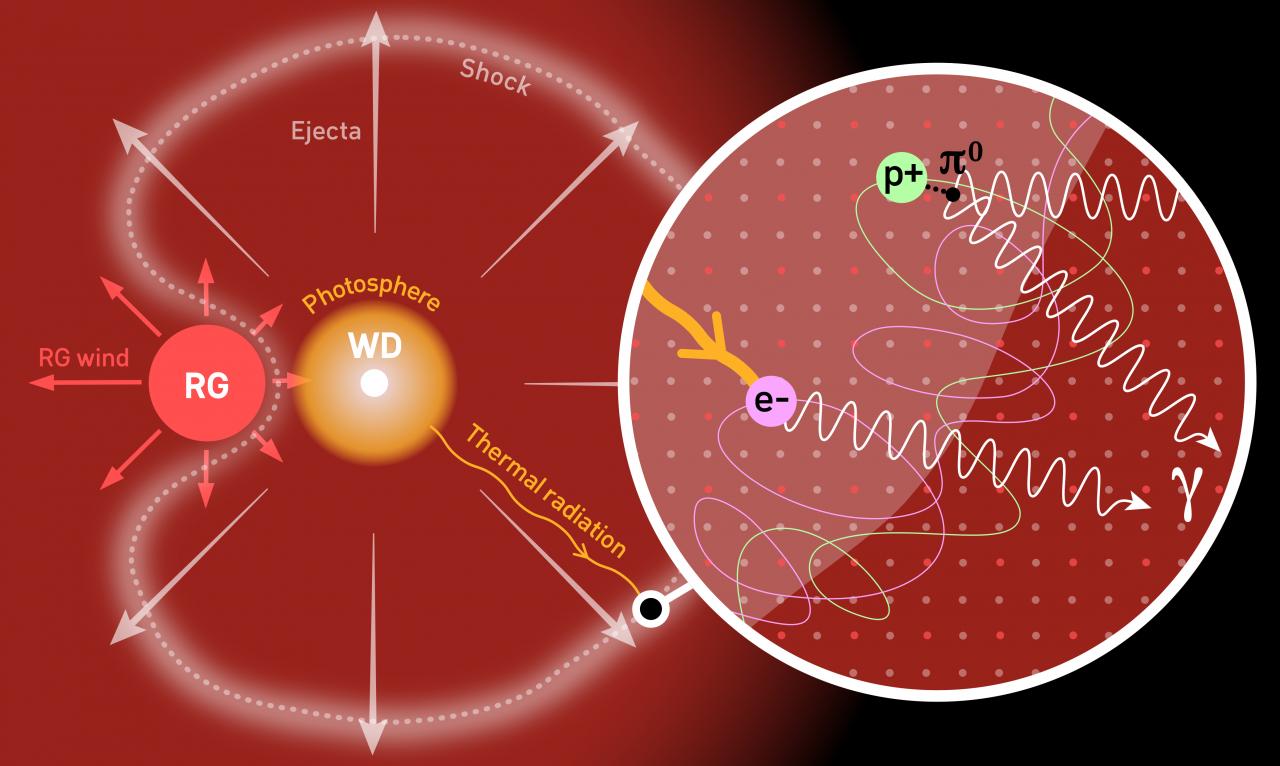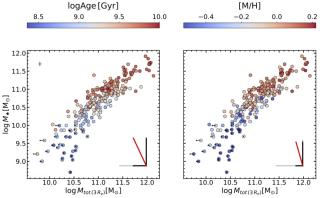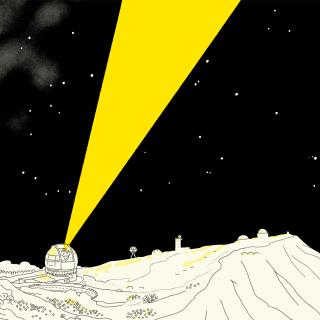Classical novae are cataclysmic binary star systems in which the matter of a companion star is accreted on a white dwarf. Accumulation of hydrogen in a layer eventually causes a thermonuclear explosion on the surface of the white dwarf, brightening the white dwarf to ~100.000 solar luminosities and triggering ejection of the accumulated matter. Novae provide the extreme conditions required to accelerate particles, electrons or protons, to high energies. Here we present the detection of gamma rays by the MAGIC telescopes from the 2021 outburst of RS Ophiuchi, a recurrent nova with a red giant companion, which allowed us to accurately characterize the emission from a nova in the 60 GeV to 250 GeV energy range. The theoretical interpretation of the combined Fermi LAT and MAGIC data suggests that protons are accelerated to hundreds of gigaelectronvolts in the nova shock. Such protons should create bubbles of enhanced cosmic ray density, of the order of 10 pc, from the recurrent novae.
Scheme of RS Ophiuchi. Matter from the red giant and captured by the white dwarf generates a thermonuclear explosion on the surface of the latter. The ejected material creates a shock wave where particles are accelerated that produce the gamma radiation.
Advertised on
Authors
V. A. Acciari et al.
References



